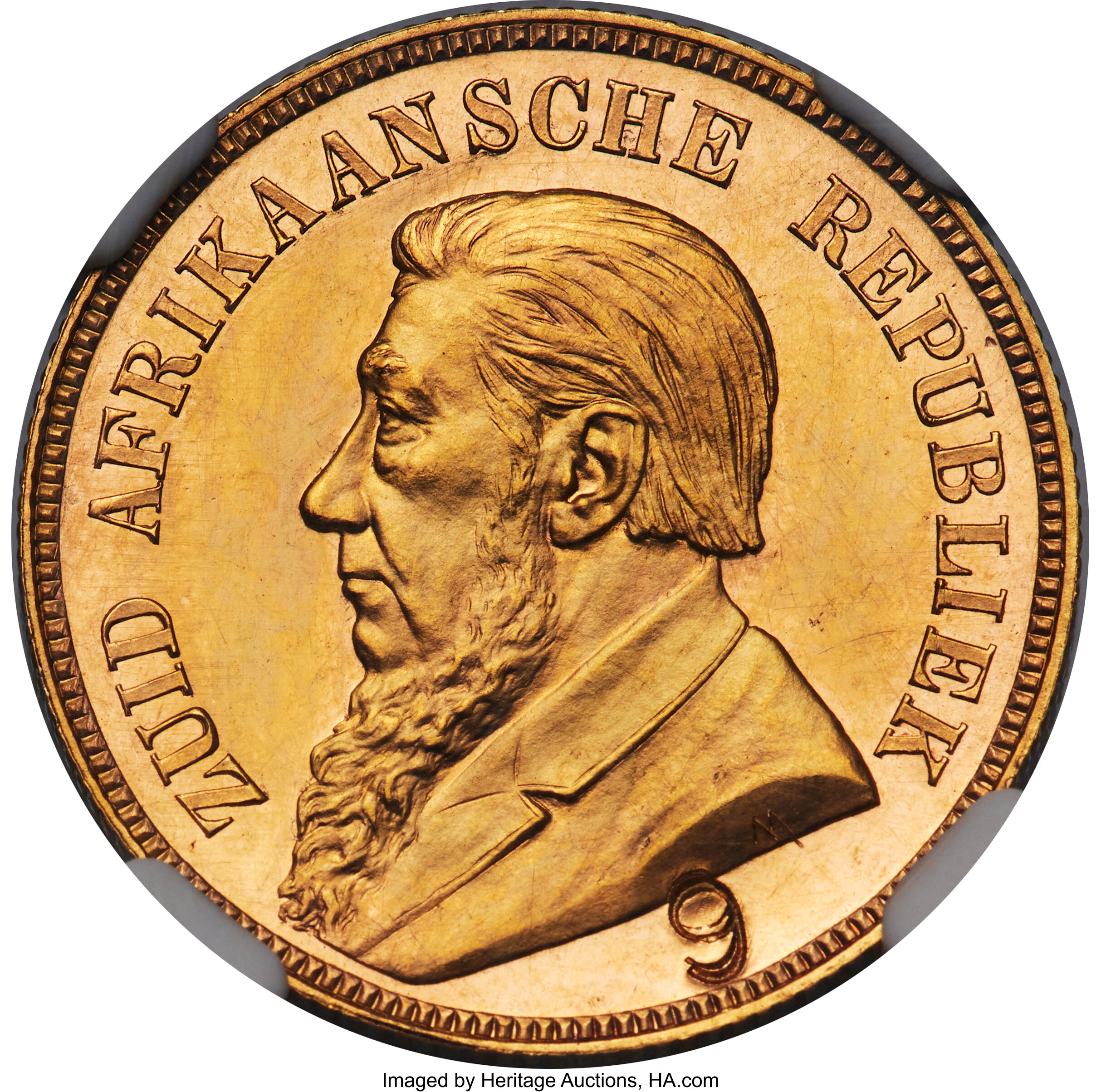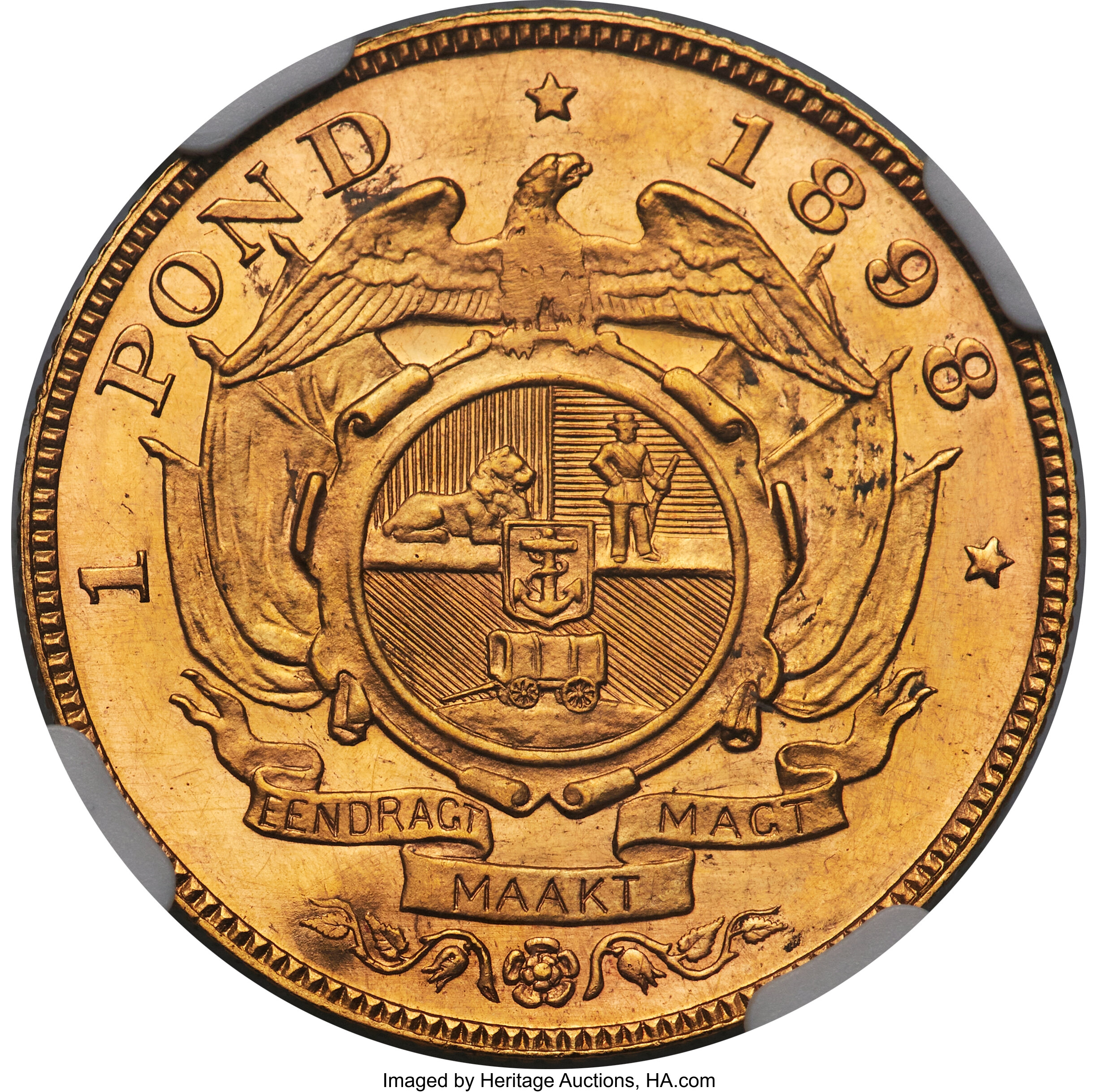It was November of 1899 in colonial Africa— in what is called South Africa today.
The Second Boer War had already started, on October 11.
The British government had rejected an ultimatum issued by the Boer republics of the Transvaal and Orange Free State.
The republics had demanded the withdrawal of British troops from their borders, primarily due to growing tensions caused by the discovery of gold in the Transvaal (Johannesburg today) and the influx of British “Uitlander” (foreigner) miners who were denied political rights by the Boer government.
The mint, where the republics produced gold coins for 1899, soon learned that the Kruger Pound dies for the 1899 coins were intercepted by the British in then-Lourenzo Marques in Mozambique (Maputo, today).
On the 2nd day of November 1899 at 10.30am, a single figure 9 was stamped at the bottom of the President’s bust on an 1898 coin, slightly overlapping the design. The coin is known today as ‘the single nine counterstamp’ or simply the ‘Single 9’, and is South Africa’s only one-of-a-kind coin.

Republic gold “9” Pond 1898 MS63 Prooflike NGC, Pretoria mint, KM-Unl., Hern-ZP6.
The indisputable ‘unicorn coin’ in the entire South African series, the “Single 9 Overstamp” 1898 Pond remains unchallenged in its exclusive solitude. A distinct variant of the 130-piece “99” Pond issue, the “Single 9” Pond reportedly changed hands in a private sale in 2010, for a value documented as “multi-million Rand” by Hern. Other industry sources detail a more precise figure of ZAR 20,000,000, which was the equivalent of US$ 2,700,000 at the average 2010 exchange rate. Possibly selected as the candidate for the overstamping for its gleaming ‘Prooflike’ appearance, this rarified treasure has been the prime target of South African experts for over a century.
Translation: ‘Zuid-Afrikaansche Republiek’ is ‘South African Republic’ (an area north of the Vaal River and south of the Limpopo River and not to be confused with ‘Republic of South Africa’, which is all of modern-day South Africa and which came about only in May 1961, after the Union of South Africa gained its independence from Great Britain).
The figure on the coin is President Paul Kruger, the leading figure in the movement to restore the South African Republic’s independence, culminating in the Boers’ victory in the First Boer War of 1880–1881. Kruger served until 1883 as a member of an executive triumvirate, then was elected President of the South African Republic.

*In absolute dollar terms. When adjusted for inflation, the early 1980s is still the peak for gold, at some $3,200 per ounce in inflation-adjusted dollars.
Translation: ‘Eendragt Maakt Mag’ means ‘Unity makes strength’.

